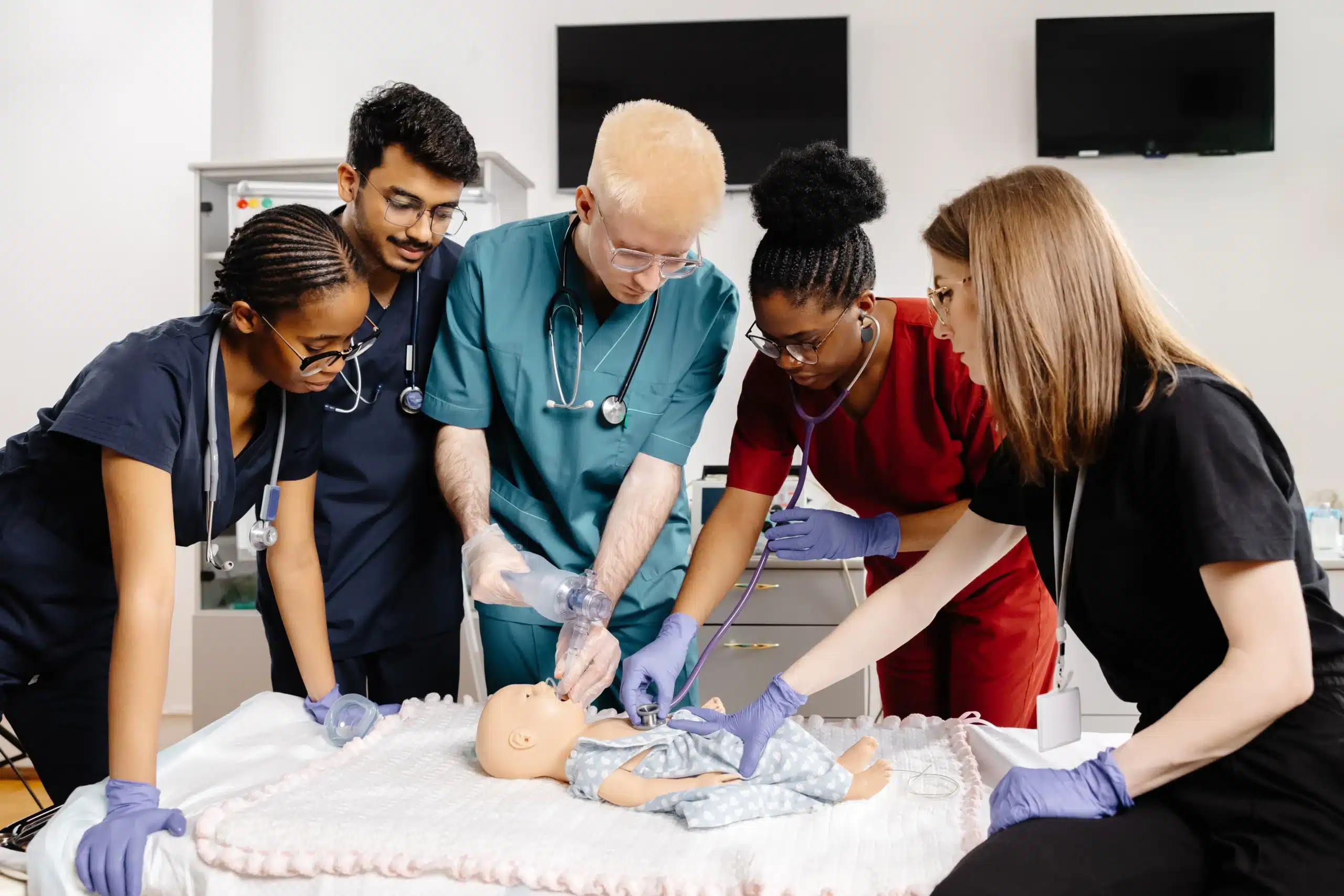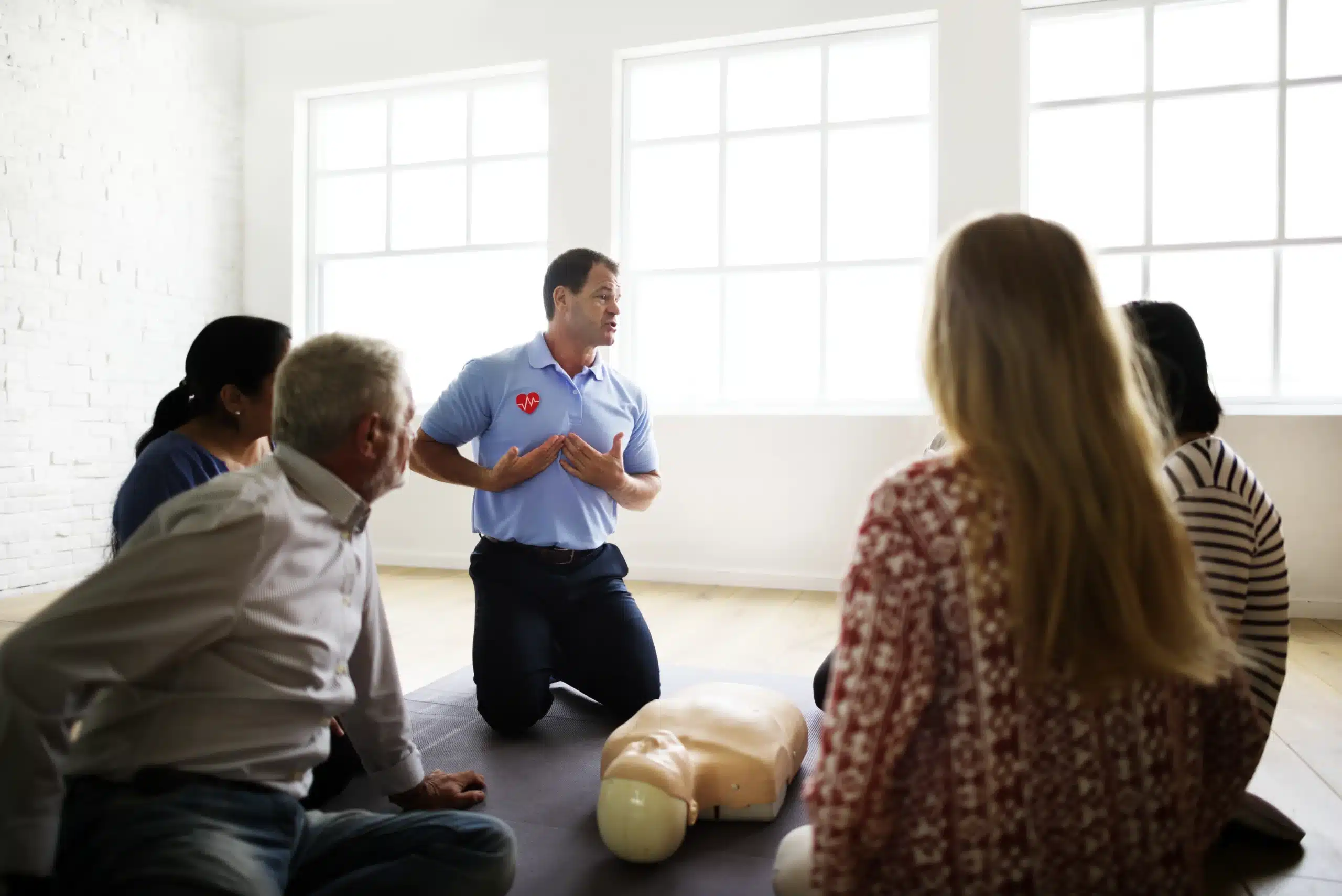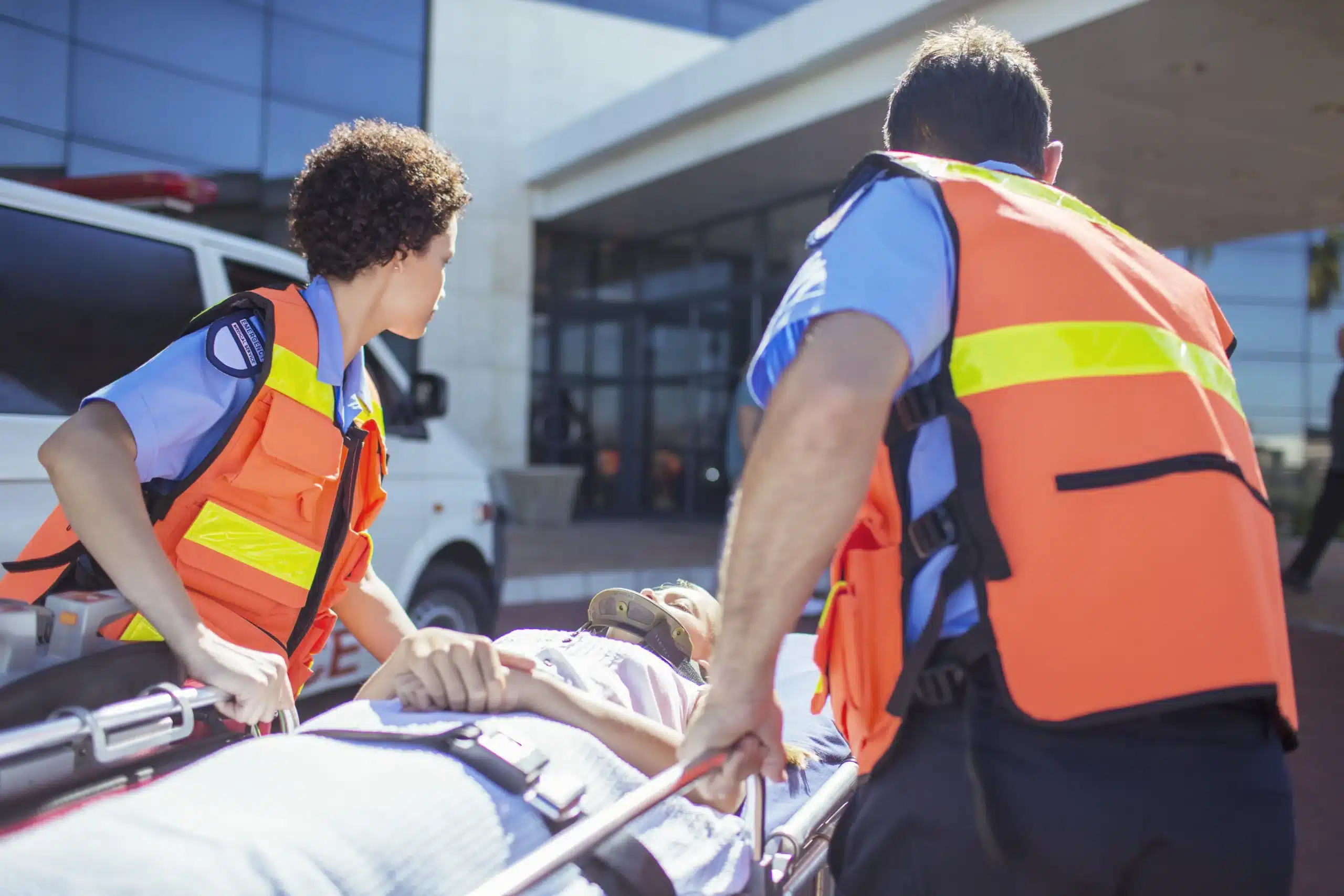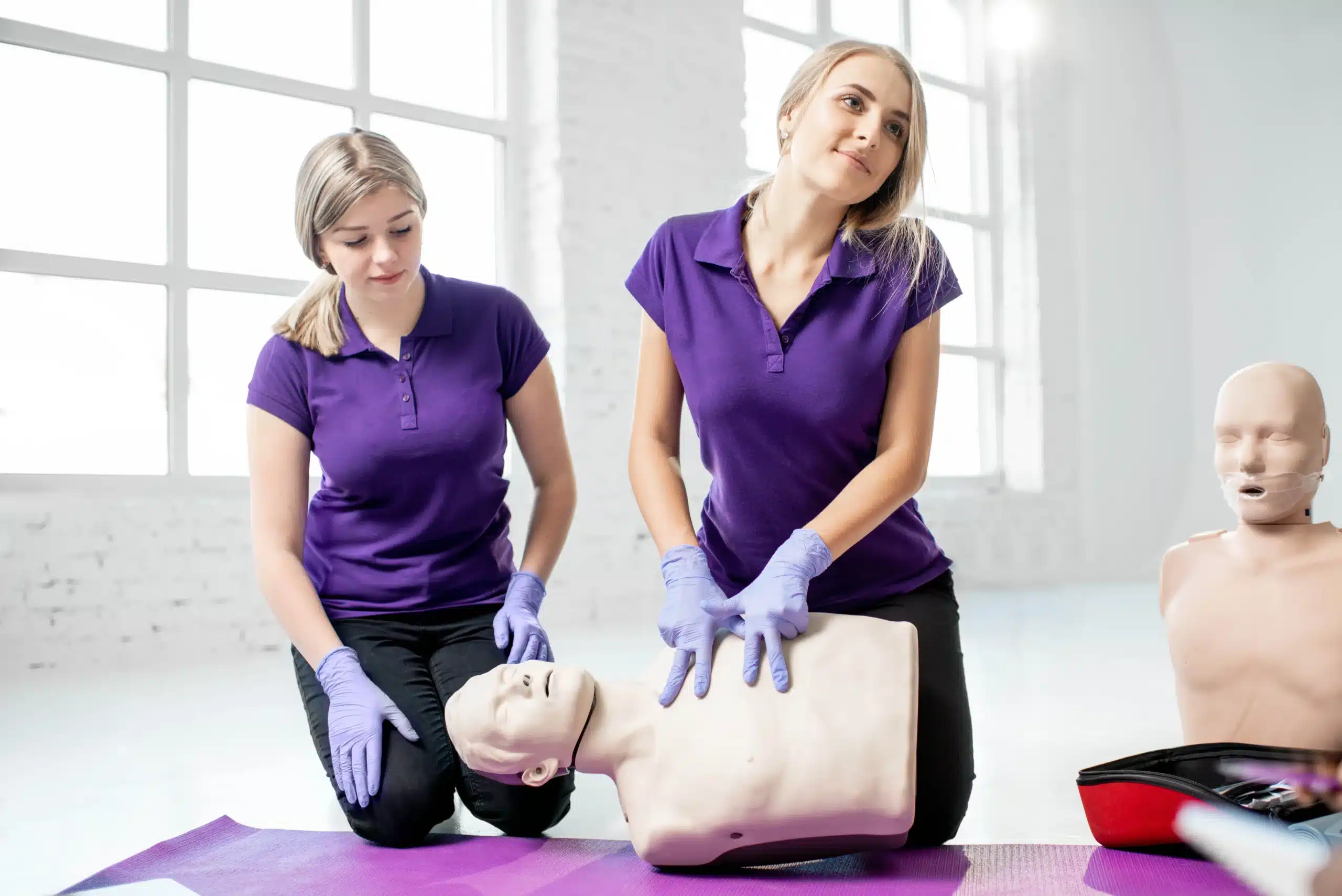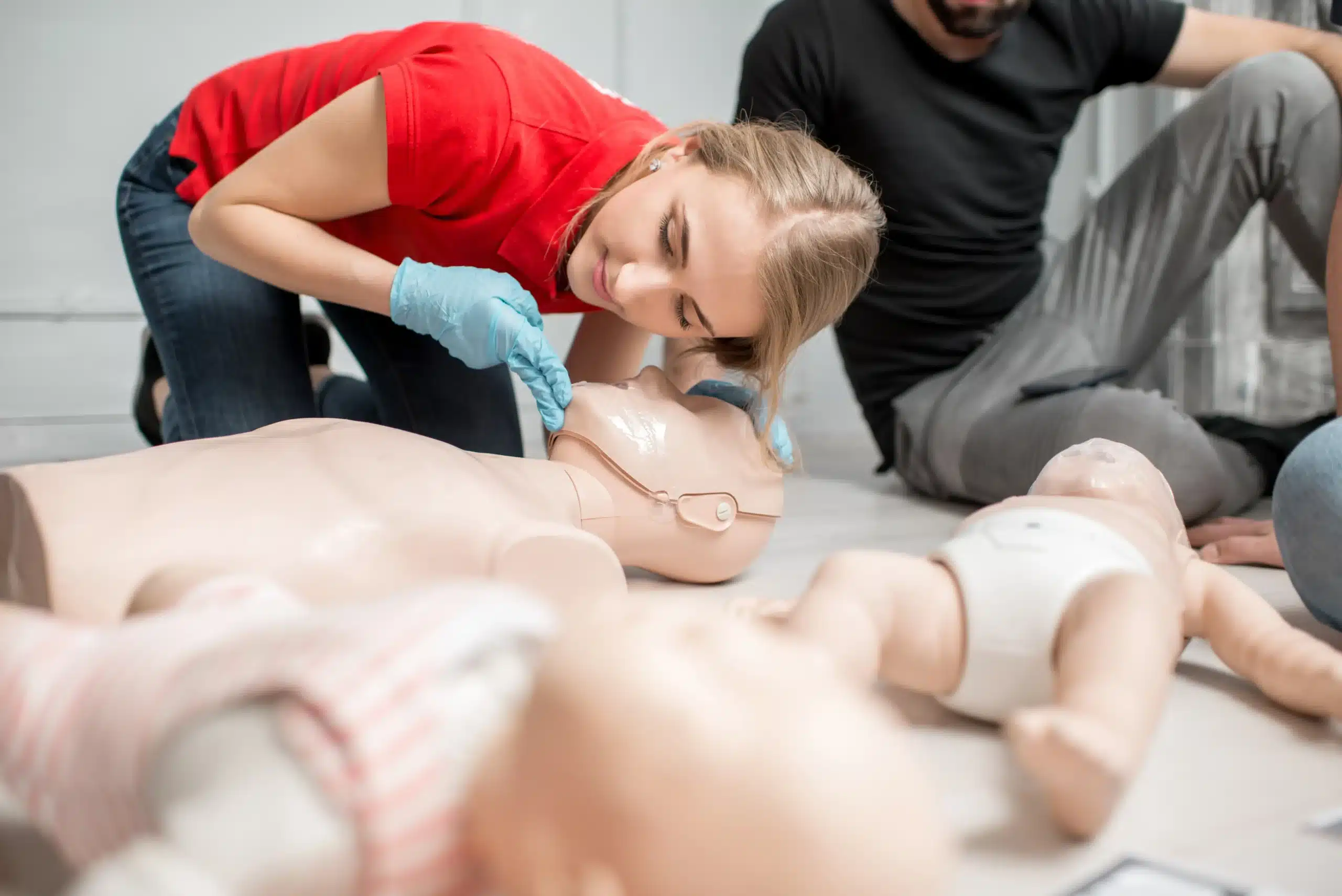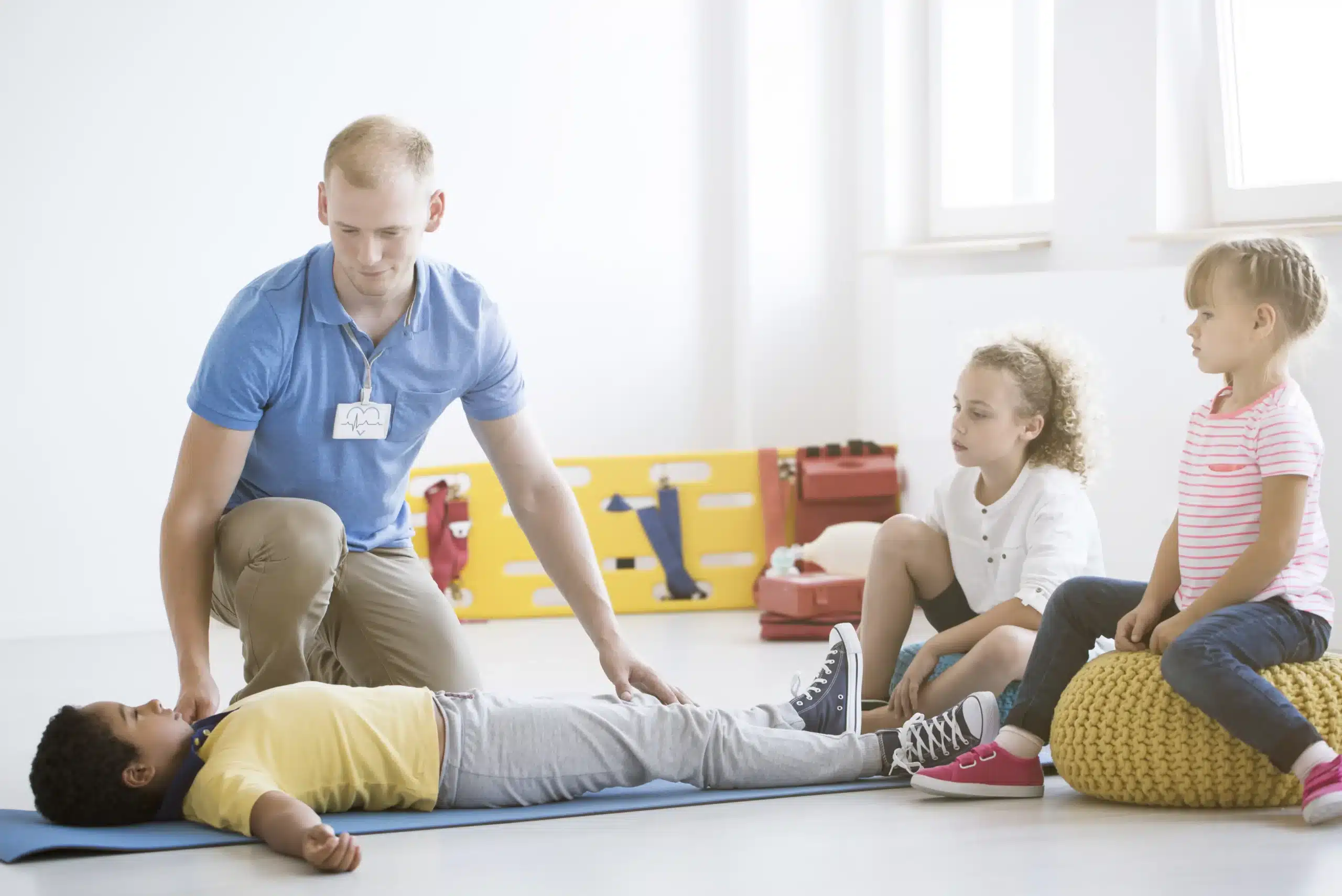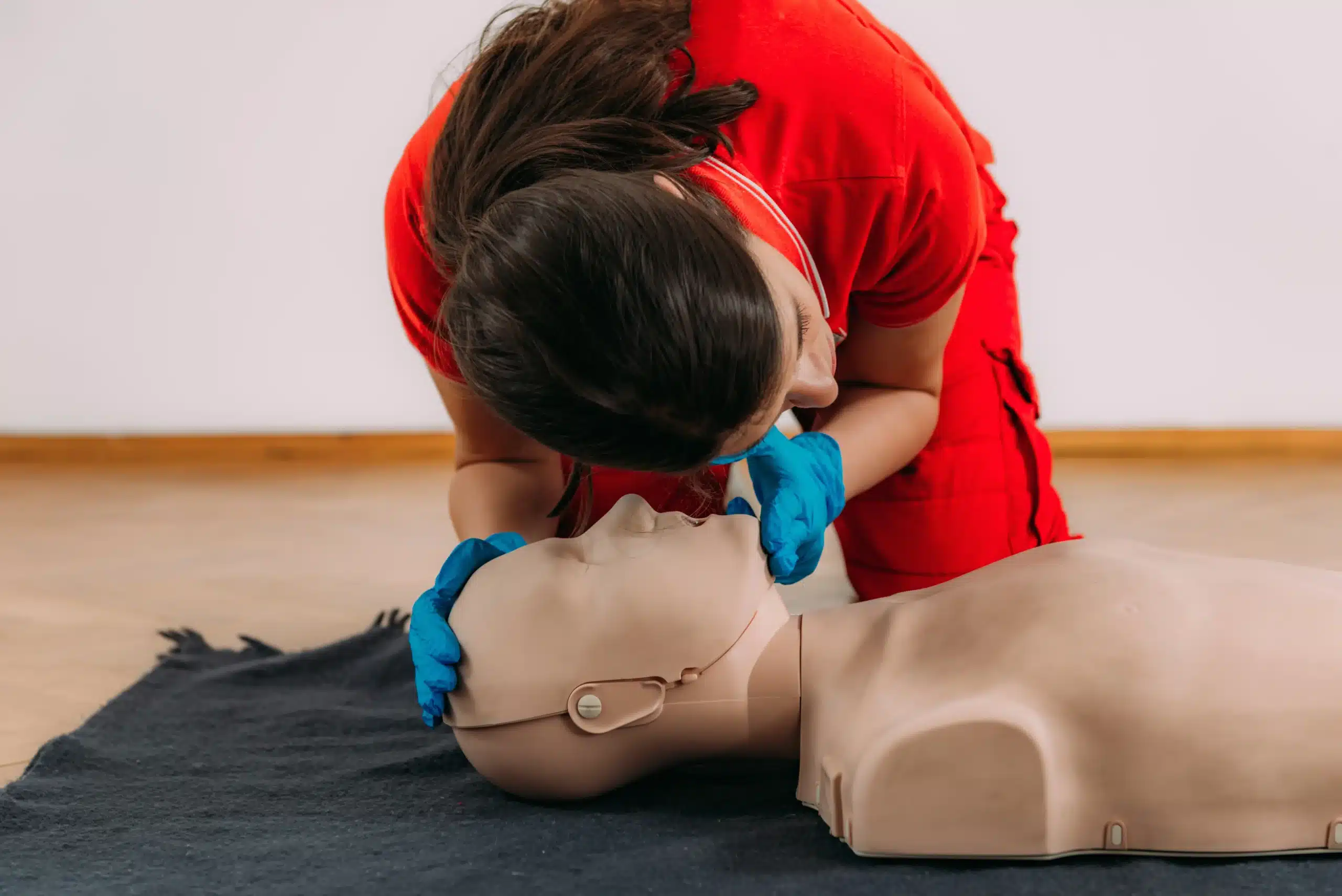Emergencies can happen anytime, anywhere. Being equipped with life-saving skills like CPR can make a world of difference. If you’re in Tracy, California, and searching for CPR courses, this guide will provide you with valuable information to get started. We’ll cover the range of CPR courses in Tracy, from basic to advanced levels, including BLS, ACLS, and PALS certifications. We’ll also discuss the importance of combined first aid and CPR training and specialized courses like the EMSA Child Care Health & Safety program. This guide will also address how to locate CPR classes in Tracy, navigate the registration process, understand the costs involved, and debunk common CPR myths. Whether you’re a healthcare professional, a childcare provider, or someone who wants to be prepared for any situation, this guide will help you find the right CPR training in Tracy.
Key Takeaways
- CPR Certification Empowers You to Save Lives: Equipping yourself with CPR skills allows you to respond effectively in emergencies, increasing the likelihood of positive outcomes for those experiencing cardiac arrest. Explore the various CPR course options to find the best fit for your needs.
- Understanding CPR Course Types is Key: From foundational BLS to specialized PALS, each CPR course offers distinct skills and knowledge. Identify the right course based on your current skill level and professional goals.
- CPR Training Fits Your Lifestyle: With flexible scheduling, diverse learning formats, and competitive pricing, CPR training integrates seamlessly into your busy life. Take the first step towards becoming certified and make a difference in your community.
What is CPR? Courses in Tracy
Cardiopulmonary resuscitation (CPR) is a life-saving technique used when someone’s breathing or heartbeat has stopped. It involves chest compressions and rescue breaths to maintain blood flow to the brain and other vital organs until professional help arrives. Knowing CPR can significantly increase someone’s chances of survival during cardiac arrest.
If you’re in Tracy, California, and interested in CPR training, you have several options for American Heart Association certification. These courses cover the basics of CPR and other essential skills like Basic Life Support (BLS), Advanced Cardiovascular Life Support (ACLS), and Pediatric Advanced Life Support (PALS). Safety Training Seminars offers a range of CPR and first-aid classes in Tracy, with expert instructors leading these AHA-certified courses. You can also explore additional CPR training options with Bay Area CPR. These courses equip you with the skills to handle emergencies effectively.
CPR Course Types
Knowing which CPR course is right for you can feel overwhelming with so many options. This section breaks down the different types offered by Safety Training Seminars to help you choose the best fit. We’ve got courses for everyone, from healthcare providers to concerned parents. All our courses are American Heart Association certified, so you can trust the quality of your training. We also offer a low price guarantee for all our courses, ensuring you get the best value for your investment.
Basic Life Support (BLS)
The BLS course provides the foundational knowledge and skills for CPR. It covers single-rescuer and team-based CPR for adults, children, and infants. BLS certification is often a prerequisite for other advanced courses and is essential for healthcare professionals, first responders, and anyone working in a healthcare setting. Check out our BLS course page for more details.
Advanced Cardiovascular Life Support (ACLS)
Geared towards healthcare professionals, the ACLS course builds upon the basics of BLS. It covers advanced techniques for managing cardiovascular emergencies, including arrhythmia recognition and treatment. This course is crucial for doctors, nurses, paramedics, and other healthcare providers who manage cardiac arrest and other life-threatening situations. Learn more about our ACLS certification.
Pediatric Advanced Life Support (PALS)
Specifically designed for healthcare providers who treat infants and children, the PALS course focuses on the specialized skills needed for pediatric emergencies. It covers everything from respiratory distress to cardiac arrest in young patients. This course is essential for pediatricians, nurses working in pediatric units, and other healthcare professionals dedicated to child health. Our PALS course provides comprehensive training in pediatric life support.
First Aid/CPR Combo Courses
Combine your CPR training with essential first aid skills. These combo courses offer a practical approach to handling various medical emergencies, from minor injuries to life-threatening situations. Learning both CPR and first aid empowers you to respond confidently to a broader range of emergencies.
EMSA Pediatric CPR & First Aid
This specialized course meets the requirements for childcare providers in California. Developed by the Emergency Medical Services Authority (EMSA), it covers pediatric CPR and first aid specific to the childcare setting. If you’re a childcare provider, this course will equip you with the skills to keep children safe and respond effectively in emergencies. Learn more about our EMSA-approved course.
Find CPR Classes in Tracy
If you’re looking for CPR classes in Tracy, you have several good options. Here’s a rundown of some of the leading providers in the area:
Safety Training Seminars
Safety Training Seminars offers a wide selection of American Heart Association (AHA) certified courses, including CPR, BLS, ACLS, PALS, and First Aid. They also offer specialized courses like the EMSA Child Care Health & Safety course, perfect for California childcare providers. With classes offered daily from 8 am to 10 pm, finding a time that works for you is easy. Safety Training Seminars is conveniently located at 902 N Central Ave, #219, Tracy, CA 95376. Call them at (209) 414-1432 or check out their website for more details. They also emphasize having the lowest prices in San Joaquin County.
American Red Cross
The American Red Cross is another reliable resource for CPR training and certification. They offer a variety of learning formats, including in-person classes, online courses, and blended learning. In-person training typically results in a two-year certification that meets OSHA requirements, while online options offer more flexibility. Visit their website to see what courses they offer and find what works best for you.
Other Local Training Centers
In addition to these well-known providers, other local training centers offer AHA-certified courses in BLS, ACLS, PALS, and First Aid. Some also offer specialized courses like EMSA Pediatric CPR & First Aid. Many of these centers have flexible schedules, with daily classes and the possibility of arranging group training at your location. A quick online search for “CPR classes near me” can uncover additional training options in Tracy. Bay Area CPR is one example of a local provider with a variety of courses.
CPR Class Schedules & Registration
Finding the right CPR class is easier than you think, especially with the flexible scheduling options available. Let’s break down how to register and what to expect.
Flexible Timing
We get it—life is busy. That’s why CPR classes in Tracy are designed to fit your schedule. Classes are held daily, from 8 am to 10 pm, seven days a week. This flexibility makes it much easier to find a time that works, whether you’re a working professional, a busy parent, or a student. Check the Safety Training Seminars website for current class schedules.
Sign Up for a Course
Ready to register? Visit the Safety Training Seminars website to view available class dates and times. The website provides clear instructions, making the sign-up process quick and straightforward. Select your preferred date and time, and you’re one step closer to becoming CPR certified.
Online vs. In-Person Training
CPR/AED classes are available in several formats to suit different learning styles. You can choose in-person training, online learning, or a blended learning option that combines both. Consider which format best suits your learning preferences and schedule. In-person classes offer hands-on practice, while online courses provide flexibility.
Blended Learning
Blended learning offers a convenient path to certification. This hybrid approach involves completing an online portion first, followed by an in-person skills test. Once you pass the skills test, you’ll receive your certification card. This format allows you to learn the material at your own pace online and then demonstrate your skills practically.
CPR Course Costs & Value
Getting CPR certified is an investment in yourself and your community. Let’s break down the costs associated with CPR training at Safety Training Seminars and explore the value you receive.
Course Pricing
We believe that life-saving skills should be accessible to everyone. That’s why we offer competitive pricing on all our courses, including CPR, BLS, ACLS, PALS, and First Aid. We’re committed to having the lowest prices in San Joaquin County. For specific pricing on individual courses like BLS, ACLS, or PALS, visit our website and review our low price guarantee. You’ll find our course prices transparent and affordable, making it easier to gain these essential skills.
Discounts & Promotions
We frequently offer discounts and promotions to make our training even more accessible. Check our website or contact us directly to learn about current deals. You might find discounts on training supplies, which can help you save on the overall cost of your training. These supplies are particularly helpful for courses like our EMSA Child Care Health & Safety program.
Financial Assistance
We understand that cost can sometimes be a barrier. While we don’t have specific financial assistance programs, our commitment to offering the lowest prices in the area, combined with flexible scheduling, aims to make our courses as accessible as possible. We offer daily classes to accommodate various schedules and budgets. Contact us to discuss your options and find a class that fits your needs.
CPR Certification & Recognition
Earning your CPR certification is a rewarding achievement, showing you’re ready to help in medical emergencies. Here’s what you need to know about certification through our courses:
American Heart Association Certification
Safety Training Seminars is proud to offer American Heart Association (AHA) certified courses. These certifications are widely recognized and respected in healthcare. When you complete a course like BLS, ACLS, PALS, or First Aid/CPR with us, you’ll receive an AHA certification card. We also offer the EMSA Child Care Health & Safety course.
Certification Validity & Renewal
Your AHA certification card is valid for two years. This timeframe helps ensure your skills and knowledge align with current guidelines. Before your certification expires, you’ll need to take a renewal course to maintain your credentials and stay up-to-date with any CPR procedure changes. We offer convenient renewal courses to simplify this process.
Professional Recognition & OSHA Compliance
Our in-person classes provide a two-year certification that meets Occupational Safety and Health Administration (OSHA) requirements. This is crucial for many professional fields, especially healthcare. A valid CPR certification demonstrates your commitment to workplace safety and preparedness. We understand the importance of compliance, and our courses are designed to meet these standards. Check out our low price guarantee.
CPR Training: Myths vs. Facts
It’s easy to misunderstand CPR if you’ve never taken a CPR course. Let’s clear up a few common misconceptions about this life-saving technique.
“Only Medical Professionals Can Perform CPR”
Myth: Many people believe only doctors and nurses can perform CPR.
Fact: Anyone can learn CPR. In fact, bystanders are often the first on the scene of an emergency, making their knowledge of CPR crucial. Safety Training Seminars offers classes for everyone, from healthcare providers to concerned citizens. Equipping yourself with these skills can make you a vital link in the chain of survival. Learn more about how to find CPR training near you.
“CPR Always Revives a Person”
Myth: Some think CPR is a guaranteed life-saver.
Fact: CPR doesn’t always revive someone. Its primary purpose is to maintain blood circulation and oxygen flow to vital organs until professional medical help arrives. While CPR significantly increases the chances of survival, it’s essential to have realistic expectations. Find out more about the impact of CPR training.
“CPR Requires Certification”
Myth: There’s a common misconception that you must be certified to perform CPR.
Fact: While certification demonstrates competency and is often required for specific jobs, anyone can legally attempt CPR in a life-or-death situation. Don’t hesitate to act if you find yourself in such a scenario. Explore CPR certification options to gain confidence and credentials.
“Mouth-to-Mouth is Always Necessary”
Myth: People often associate CPR with mouth-to-mouth resuscitation.
Fact: Hands-only CPR, focusing solely on chest compressions, is now widely accepted and often recommended, especially for untrained bystanders. It’s a simpler method to learn and can be just as effective. Learn more about hands-only CPR and its importance.
“CPR Can Harm the Victim”
Myth: Some worry about causing harm while performing CPR.
Fact: The potential benefits of performing CPR significantly outweigh the risks. In a life-threatening emergency, the possibility of a rib fracture is less critical than the chance of saving a life. Learn more about the myths surrounding CPR training.
Related Articles
- CPR & First Aid Training in Tracy: Your Guide – Stockton CPR Classes
- AHA CPR & First Aid Certification in Tracy – Stockton CPR Classes
- BLS Certification in Tracy: Your Comprehensive Guide – Stockton CPR Classes
- ACLS Certification in Tracy: Your Comprehensive Guide – Stockton CPR Classes
- Pediatric Advanced Life Support (PALS) in Tracy – Stockton CPR Classes
Frequently Asked Questions
What’s the difference between BLS and ACLS?
BLS is the foundation for CPR and focuses on single-rescuer and team basic life support techniques for adults, children, and infants. ACLS builds upon BLS and covers more advanced life support measures for healthcare professionals responding to cardiovascular emergencies. ACLS goes into more depth on things like recognizing and managing abnormal heart rhythms.
How do I choose the right CPR class for me?
Consider your current role and future goals. If you’re a healthcare provider, BLS is typically a minimum requirement, and ACLS or PALS might be necessary depending on your specialization. If you’re a childcare provider in California, the EMSA Pediatric CPR & First Aid course is your best bet. For general knowledge and preparedness, a basic CPR/First Aid combo course is a great option.
How much does CPR certification cost?
Safety Training Seminars offers competitive pricing and a low-price guarantee for all courses. Visit their website for specific course costs and any available discounts. While financial assistance programs aren’t directly offered, the already low prices and flexible scheduling aim to make the training accessible to most budgets.
How long is my CPR certification valid, and how do I renew it?
AHA CPR certifications are typically valid for two years. Renewal courses are available to keep your certification current and refresh your skills. Check with your certifying organization, like Safety Training Seminars, for renewal options as your expiration date approaches.
What if I’m not certified but someone needs CPR?
Don’t hesitate to help. While formal certification is ideal, any attempt at CPR in a life-or-death situation is better than no action. Hands-only CPR, focusing on chest compressions, is a simple yet effective method anyone can use in an emergency.
